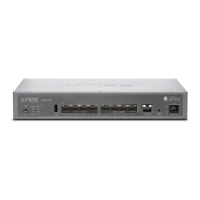Table 8: SRX110 Services Gateway Built-In Hardware
Interfaces (continued)
DescriptionSpecificationInterface
The USB port can be used:
•
To support a USB storage
device that functions as a
secondary boot device in
case of internal flash
memory device failure on
startup (if the USB storage
device is installed and
configured).
NOTE: You must install and
configure the USB storage
device on the USB port to use
it as a secondary boot device.
Additionally, the USB device
must have Junos OS installed.
•
To provide the USB
interfaces that are used to
communicate with many
types of USB storage
devices supported by Juniper
Networks.
The USB port:
•
Consists of one port
•
Supports the following
modes:
•
Full-speed
•
High-speed
•
Complies with USB revision
2.0
Universal Serial Bus (USB)
The console port can be used:
•
To provide the console
interface.
•
To function as a
management port for
logging in to a device
directly.
•
To configure the device
using the CLI.
The console port:
•
Consists of one port
•
Uses an RJ-45 serial cable
connector
•
Supports the RS-232
(EIA-232) standard
Console
The VDSL2 port can be used to
provide LAN and WAN
functionality, along with
connectivity to various media
types.
The VDSL2 port:
•
Consists of one port
•
Uses an RJ-11 connector for
VDSL/ADSL-POTS
•
Uses an RJ-45 connector for
VDSL/ADSL-ISDN
Integrated VDSL2 interface
The 3G USB modem provides
wireless connectivity.
The 3G-WAN USB port on the
rear side uses a USB modem
extension cable to support the
external 3G USB modem.
3G USB modem
Related
Documentation
SRX110 Services Gateway Specifications on page 7•
• SRX110 Services Gateway Front Panel and Back Panel Views with 3G and Integrated
VDSL2 on page 9
Copyright © 2013, Juniper Networks, Inc.12
SRX110 Services Gateway Hardware Guide

